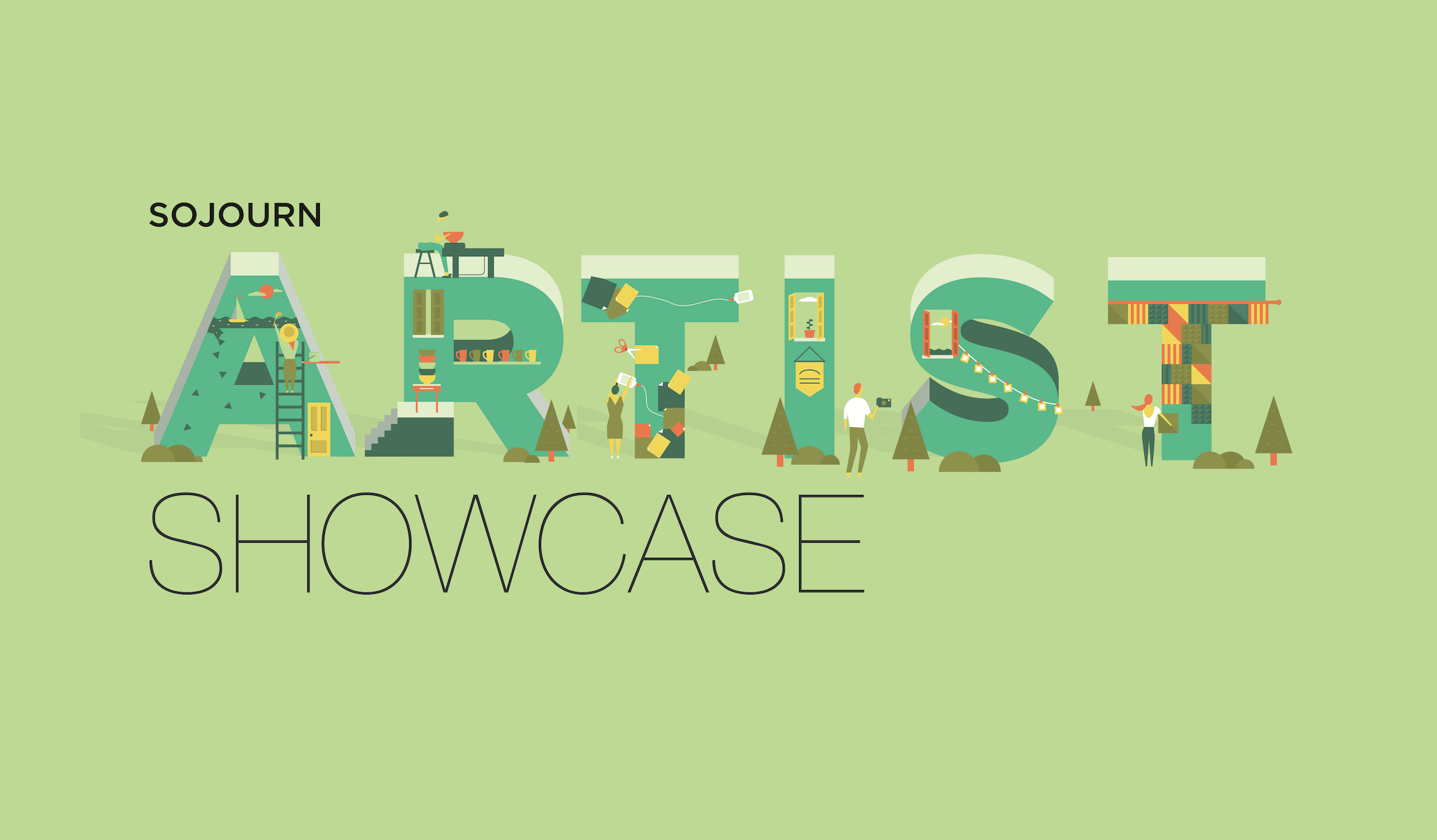The Sacred Art of Ethiopia
“Last Supper”
On view May 18, 2025 - July 20, 2025
RECEPTION: TBD
“Ethiopia is one of the oldest Christian civilizations in the world. Even today, more than half of Ethiopians identify as Christian and are still creating religious objects similar to those done centuries ago. The Sacred Art of Ethiopia is organized to familiarize ourselves and celebrate Ethiopia’s rich artistic heritage exhibition.
Most of the pieces in the show are the work of Ethiopian artists and artisans from the last thirty to fifty years, who carry on ancient forms of sacred art-making in the modern era. They include hammered metal processional and pectoral crosses, folding icons, and leather and parchment paintings on biblical themes in the style of traditional Ethiopian illuminated manuscript art. One of the highlights of the show is a hundred year old painting on leather of the Virgin Mary and Her Beloved Son surrounded by stories from the life of Jesus.
The Ethiopian school of iconography was formed by skilled artisans in medieval Ethiopian monasteries, similar to what happened in European monasteries where the monks were often trained to work in scriptoriums copying religious texts and painted icons, always remaining faithful to the tradition. Making icons continues to be an important vocation in Ethiopia today.
The purpose of Ethiopian art is use color to portray the drama of the Gospels. These icons are made of wood or leather panels, and are used as personal altars. From the Annunciation to the Wisemen at the Nativity, Christ’s Baptism, The Wedding at Cana through the many events of his Passion, the Ethiopian artist has focused on the life of Jesus.
When thinking of Ethiopian art it would be impossible not to mention the array of crosses that dominate their culture. Nowhere in the world has the cross been proliferated in so many ways as in Ethiopia. As seen in this exhibition there are large elaborately designed processional crosses mounted on poles, many in metals, but some in wood, to be used in public worship. For over 1,600 years Ethiopians have worn pendants or neck crosses, many times given at baptism and worn as evidence of the faith. Still other crosses were worn by priests and pilgrims during religious processions.
It is hoped that The Sacred Art of Ethiopia will enhance the viewer’s appreciation for how varied the Christian community worldwide ‘sees’ the Scriptures.”
On view July 25 - September 7, 2025
OPEN MIC NIGHT & Gallery Reception: Friday, July 25, 6:30-9pm
We want to celebrate the artistic work of Sojourn Midtown members and regular attenders. Anyone that’s involved with Sojourn Midtown in any way is invited to participate.
The deadline to submit visual art for the gallery is Friday, June 20th. Advance registration for the open mic night is required by Wednesday, July 16th.
Submission forms will open later in the Spring.

